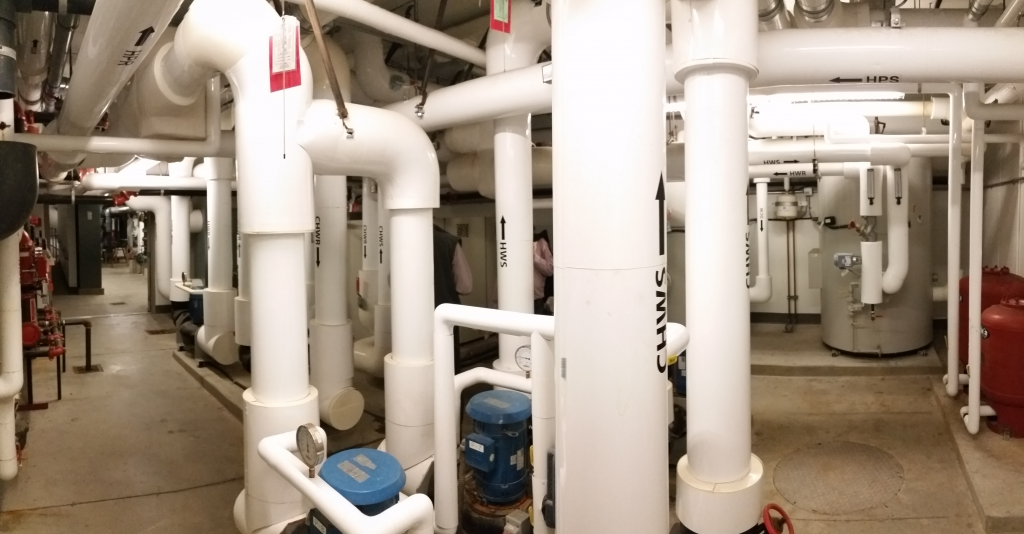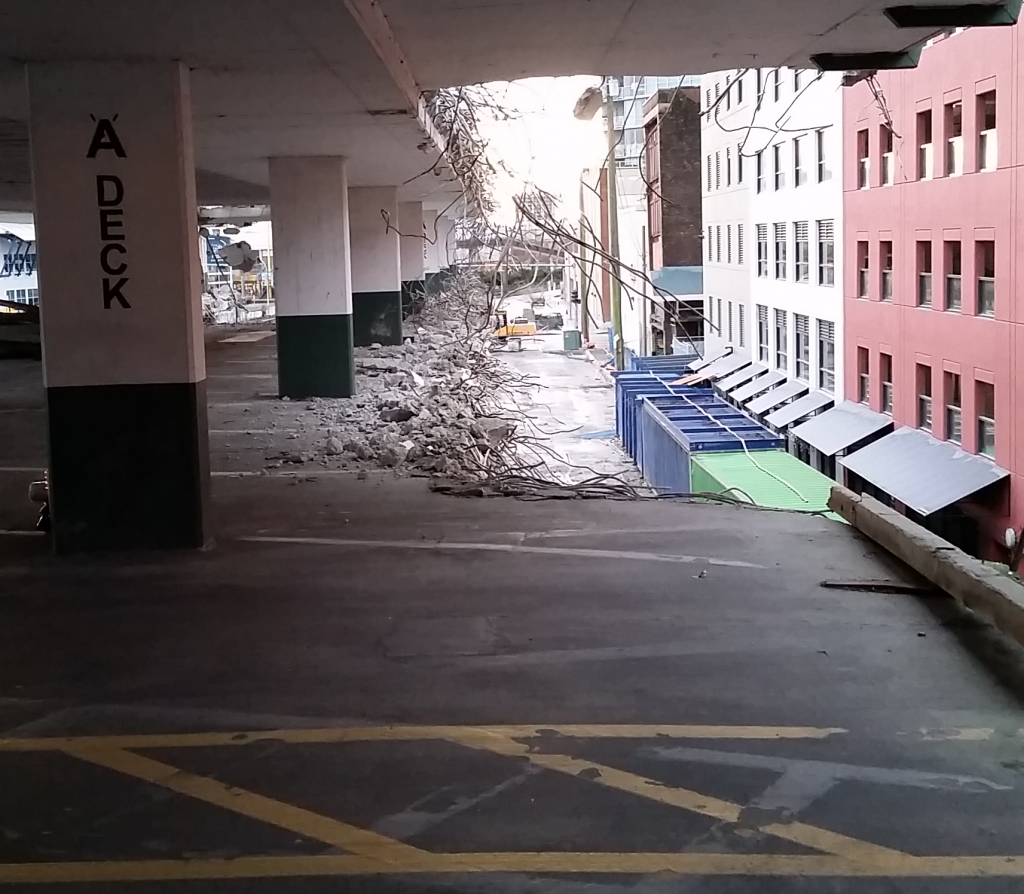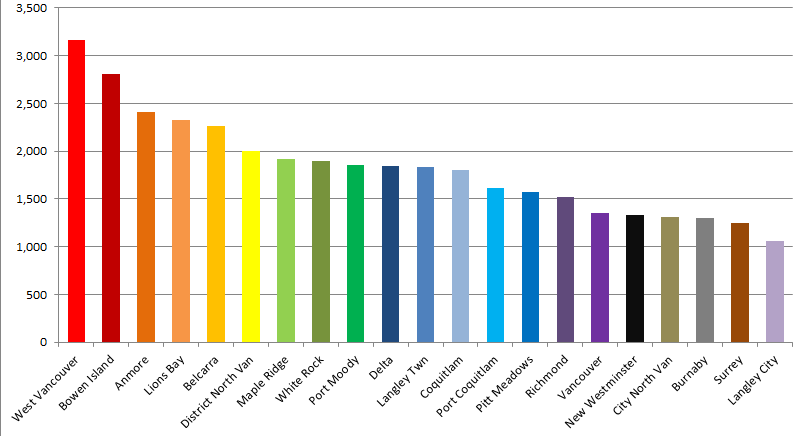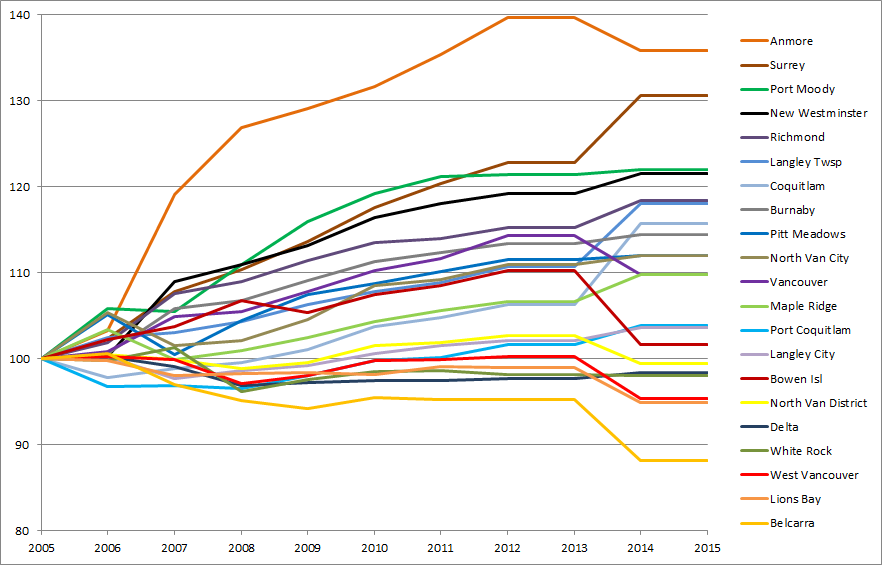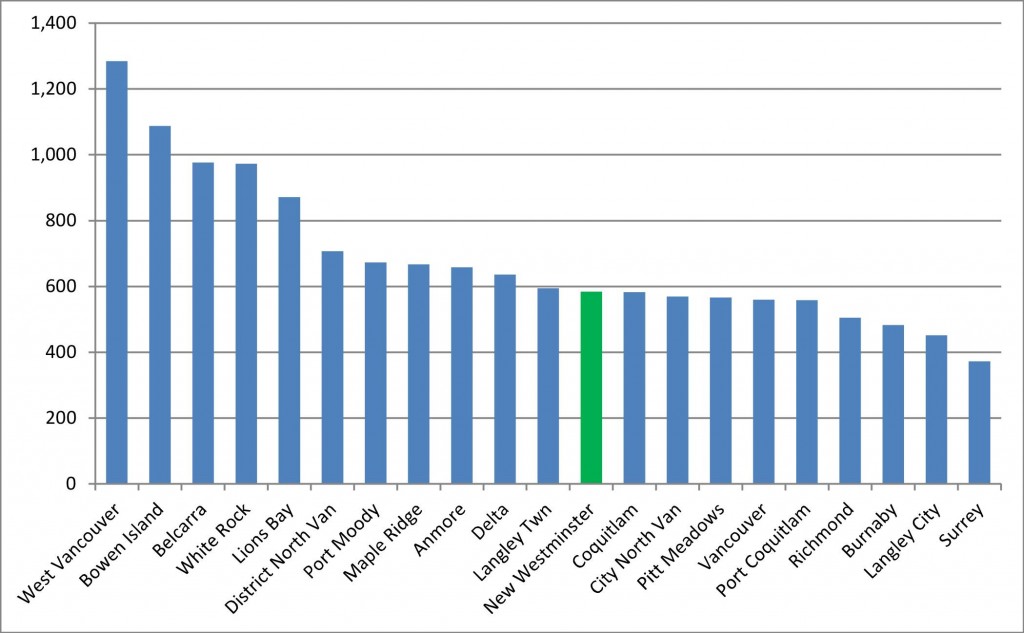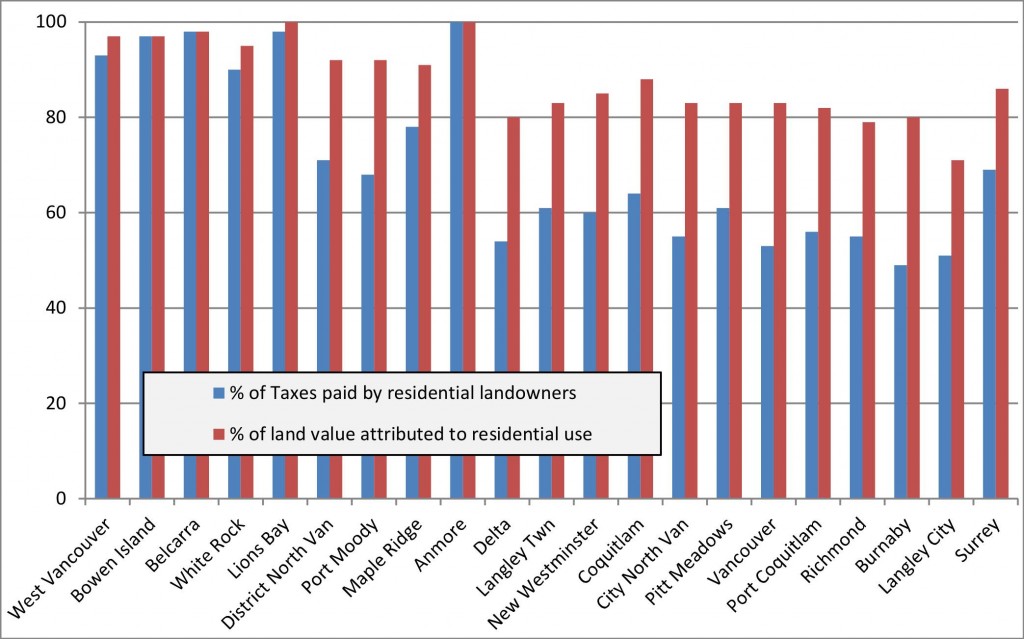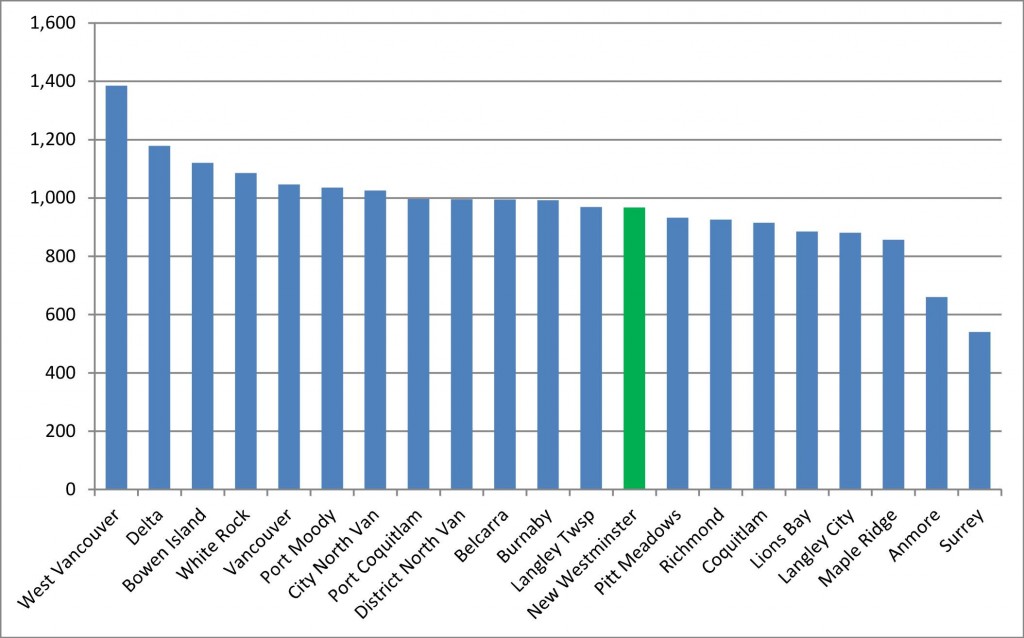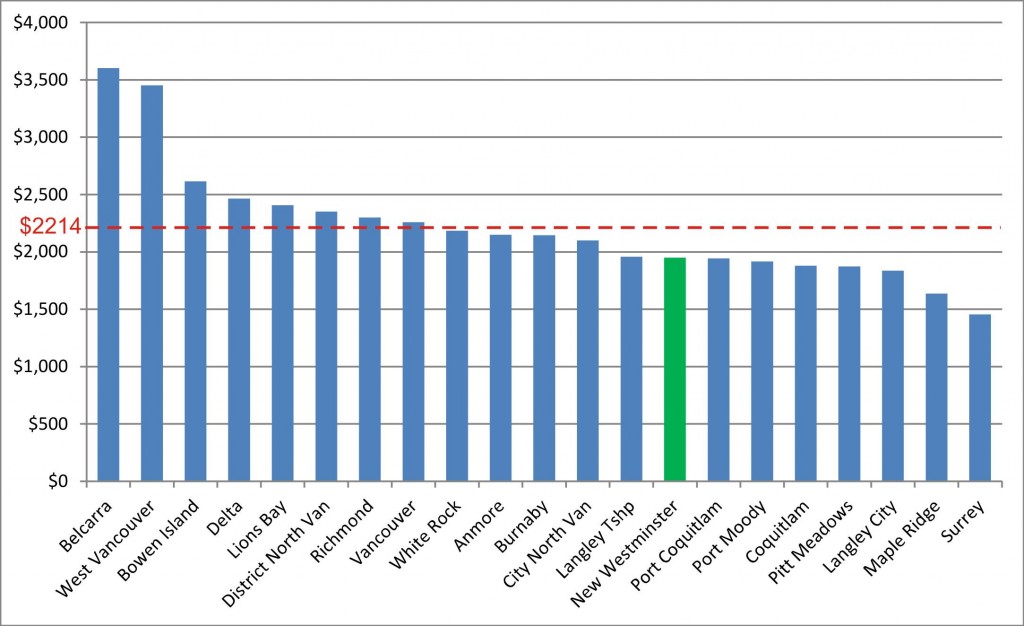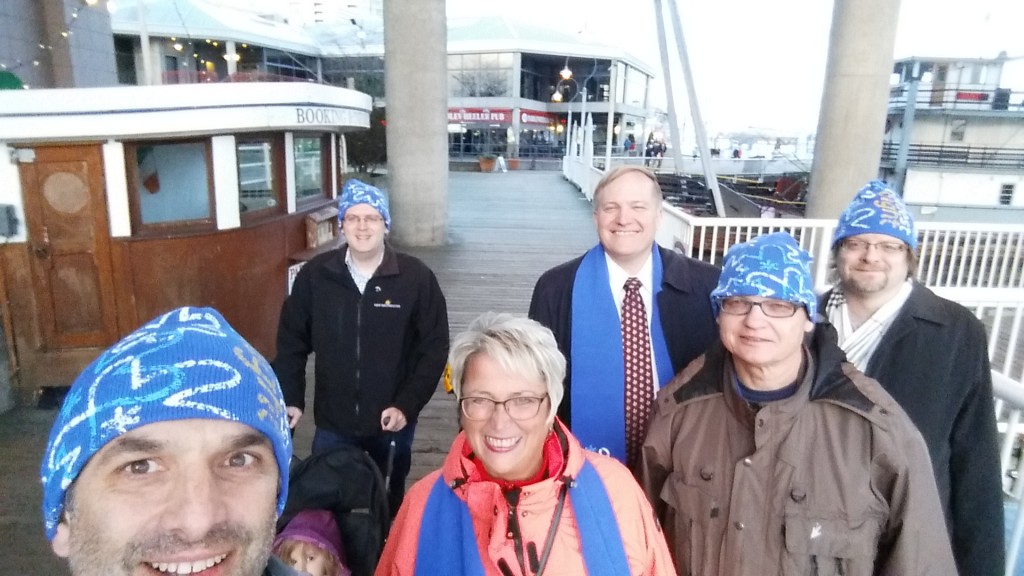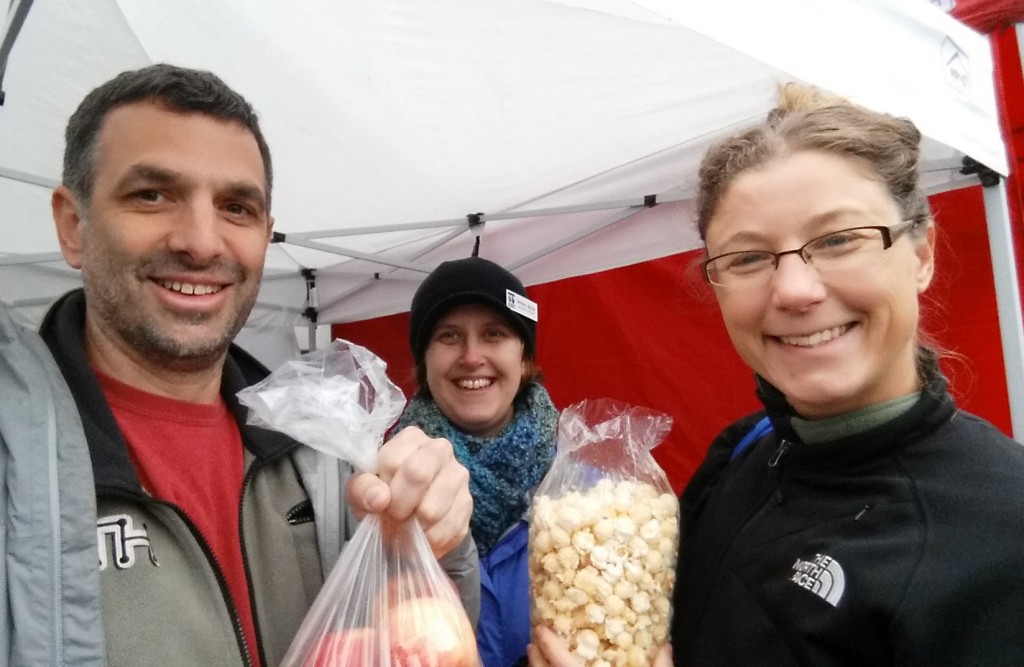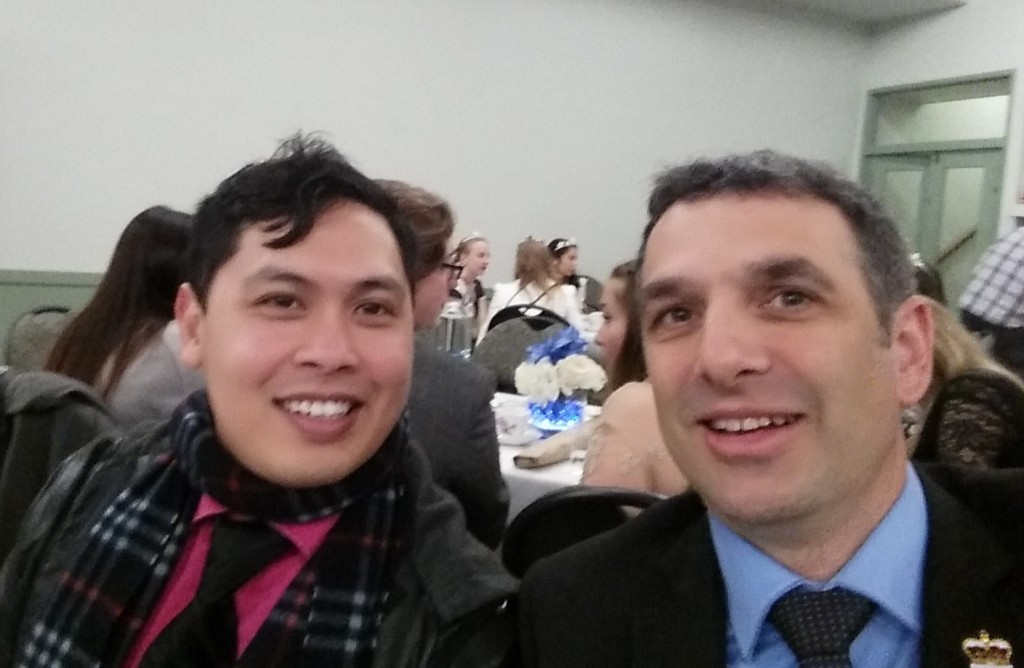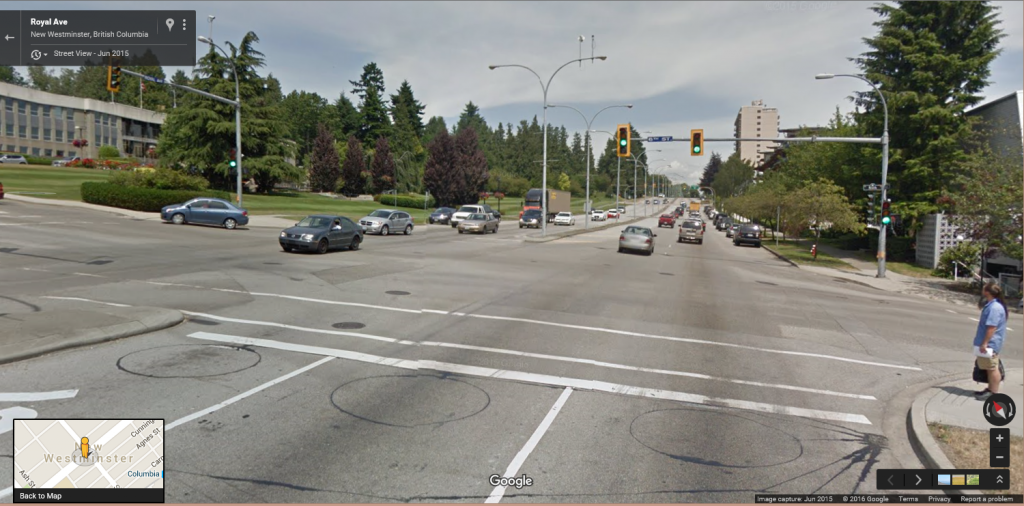Council Report – Feb 15, 2016
My Council meeting report is a little late, but its been a heck of a week, and with no meeting this Monday, I figured I would have some free time Sunday. Then my “Sunday without a Council package to read” came along and I slept in a bit, did some yard work, pruned a fig tree, put the compost on the garden, attended a Residents Association meeting, made my award winning meatloaf for dinner, and spared for a curling team in the evening. Time flies when you have free time…
But the belated report is finally here, and you can follow along with the Agenda here. We started by moving the following items on Consent:
Amendment to the Delegation Bylaw
The City has a Delegation Bylaw, through which Council allows our Staff to make decisions, mostly smaller spending decisions, that are strictly the duty of the Council. This allows the City to operate more efficiently, as we don’t need a Council Report every time we order a ream of paper. As we are doing a bit or re-organizing within the City, the Delegation Bylaw needs to be adapted a bit to fit the new Org Chart.
Recruitment 2016: Advisory Planning Commission Appointment
The Advisory Planning Commission advises Council on planning applications to bring a broader community focus to those discussions. We have filled a recently-vacated position.
Recruitment 2016: New Westminster Design Panel Appointments
The Design Panel provides Council advice on the design and planning aspects of developments, and is usually populated with people with professional skills in those areas such as builders, architects, and landscape architects. We have filled two vacancies on the Panel
Recruitment 2016: Chamber of Commerce Representative to the Access Ability Advisory Committee
The Access Ability Advisory Committee has a spot for a member of the New Westminster business community, and we have formally accepted their nominated representative.
Official Community Plan Amendment for the (UC) Uptown
Commercial Designation:
The idea here is to increase the viability of 6th Street between Royal and Fourth Ave by providing more flexibility in how that stretch is developed. The thinking is that at-grade residential use here may enhance the commercial operations that already exist. This Report was just to get approval to start the statutory consultation for the required OCP amendment under sections 475 and 476 of the Local Government Act, which was granted.
320 Salter Street: Housing Agreement Bylaw
This is a Bylaw through which the aforementioned development on Salter Street will be secured as market rental units. As the Mayor was on CBC radio this week talking about the rental squeeze in the Lower Mainland, it is good to see the incentives that New West is providing is resulting in more developers looking at rental as a marketing strategy. Council agreed to give this proposed Bylaw 3 Readings.
After the Consent agenda, Council went through the Regular Agenda items, which started with a presentation:
Reflective Products for Non-Professional Road Users
After a presentation from Staff and Vic Leach, and a bit of discussion, Council moved resolutions to support calls for CSA standards for consumer reflective safety products, and to ask staff to draft a resolution calling on the Province to make 30km/h the statutory speed limit for urban areas. I’ve already blogged on that topic here with a little more detail, so I won’t belabor the point.
Front Street Security
Councillor Puchmayr brought to Council the concerns of Front Street businesses around security issues around the ongoing work to remove the Parkade and build the Front Street Mews. Although the construction company has security, the NWPD has just begun to work with the businesses down there to improve come of the lighting and other security issues on this expanding construction area.
Port Metro Vancouver and Marina Fees
We had a delegation a couple of meetings ago around several City residents in Queensborough feeling pinched by rapidly increasing water lot rental costs from the Port. Council moved to send a letter of concern to the Port, and engage senior governments in a review of the recent, seemingly quite onerous, increases.
These items were removed from Consent for discussion:
Proposed Amendments to Commercial Vehicle Bylaw
Remember those discussions we had about Uber? This is part of the complex regulatory environment we were talking about that was designed to make the taxi industry safer and more accountable. After a couple of denied chauffeur licenses over the last year or two, staff have provided some feedback with suggestions on ways we can make the administration of our responsibilities under the Motor Vehicle Act better. Some amendments to the City’s Bylaw were recommended, that Council moved to support.
100 Braid Street (Urban Academy): OCP Amendment
This proposed development in Sapperton is beginning its public consultation process, and again, this report was to outline the statutory consultation process that all OCP amendments are required to follow (due to sections 475 and 476 of the Local Government Act), including senior governments and external agencies. The public consultation on this project is progressing quickly!
Metro Vancouver Draft Regional Food Systems Action Plan:
I went on a bit of a rant here, as food security is a major component of regional sustainable planning, and I am generally supportive of the regional vision being put forward by Metro Vancouver. Councillor Harper brought up the interesting link between food security and food waste, which dovetails with the good work that Danison Buan is doing right here in New Westminster to crack that troublesome nut.
There is another aspect of food security that we rarely talk about in New West, because we are one of the few communities with no ALR land. But that does not mean we cannot support the protection of life-sustaining farmlands in the region. The two largest threats to farmland and our domestic food security are the development of farmland for residential sprawl, and the re-purposing of farmland for industrial use. We need to continue to oppose both of these, and make it part of our food security policy.
The first threat is enhanced by the current emphasis on building our regional transportation system to facilitate sprawl – the insane proposal to build a 10-lane bridge to replace the Massey tunnel, even the proposal to increase road capacity over the Pattullo Bridge – act to facilitate further sprawl, in contravention of the smart growth principles embedded in the Regional Growth Strategy. This is part of the reason we are looking at an OCP update that allows more intelligent growth near the regional transit spine. We often hear in New West talk about the traffic impacts of that sprawl to the south and east of our City, because of the traffic impacts we continue to suffer because of it, but we rarely talk about food security and other aspects.
The second issue – the ideological position of the Vancouver Port Authority that we will achieve food security by replacing farmland with warehouses to move imported food around – is something that we again have to continue to oppose.
Metro Vancouver Draft Regional Affordable Housing Strategy
Council also moved a motion in support of the Metro Vancouver regional Affordable housing strategy. More to come on this soon, I hope…
We then read some Bylaws:
Commercial Vehicle Amendment Bylaw No. 7777, 2016
As discussed above, these are the changes to the Bylaw relating to how we regulate Taxi drivers in the City. Council gave the Bylaw changes two readings, and will provide a Public Opportunity to be Heard at our February 29 meeting. Come on out and tell us what you think!
Amendment to Delegation Bylaw No. 7820, 2016
As discussed above, these are the changes to the Bylaw relating to how we delegate powers to staff. Council gave the Bylaw changes three readings.
Housing Agreement (320 Salter Street) Bylaw No. 7805, 2016
As discussed above, this is the Bylaw to secure Market Rental as the housing use for this development. Council gave the Bylaw three readings.
And that, after the Announcements and the receipt of some correspondence, was council for the week. Which explained to people why some of us were in hockey Jerseys.


